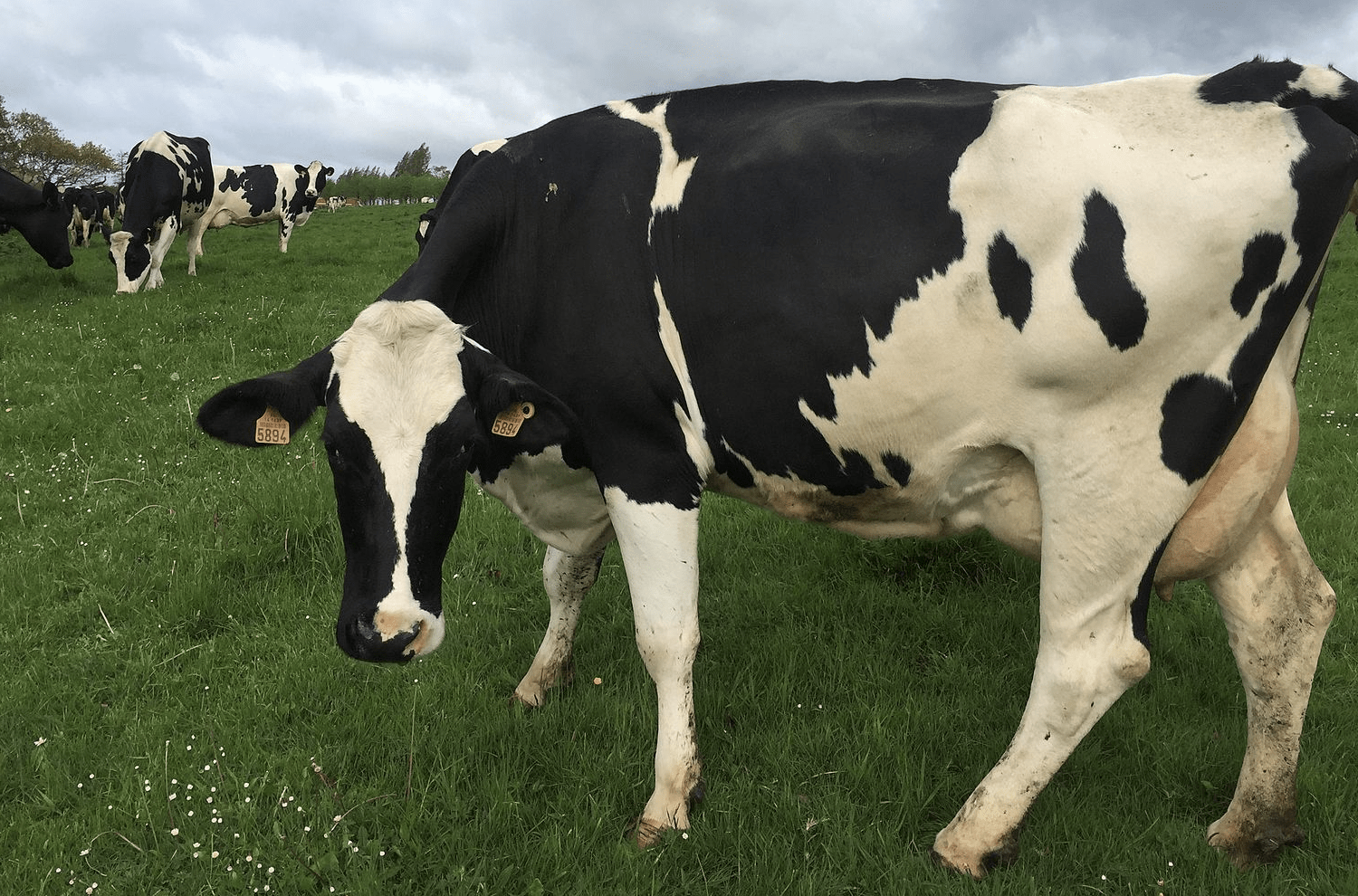STAT NEWS – The discovery of H5N1 bird flu in U.S. cattle — and the news that at least one person in Texas has been infected, apparently through contact with infected cows — has taken scientists who study influenza by surprise.
But after absorbing their shock, several admitted there was evidence to suggest bovine infection could happen — it just hadn’t been reported with this particular strain of influenza virus until now.
The situation is evolving. But here are some questions we can answer now about the curious case of highly pathogenic H5N1 avian influenza in dairy cattle.
How widespread is the virus in cows?
Cows from 12 dairy herds in five states have tested positive for H5N1. Those states are Texas (seven herds), Kansas (two), Michigan (one), New Mexico (one), and Idaho (one).
Is that the full extent of the problem?
Some experts believe it’s unlikely — if only because people haven’t been looking for bird flu infections in cattle before now. “It could have been infecting dairy cattle a year ago. We just never thought about looking … for it,” said David Swayne, an avian influenza expert who is now a private consultant after having worked for the U.S. Department of Agriculture for nearly 30 years.
Should this news have been such a shock?
Probably not, Swayne admitted.
In the 1990s, there were reports from the United Kingdom of cows that were infected with human flu viruses. And there is a type of influenza known as influenza D that cows are susceptible to. (Humans mainly contract influenza A and B viruses.)
How did U.S. cows become infected?
The list of species that this virus has been shown to be able to infect has grown substantially in the past couple of years, as widespread infection in wild birds has brought the virus to new parts of the globe.



